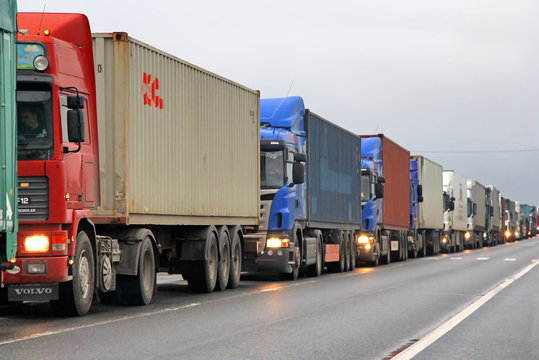Admiral Beez
Superstar
Does High Frequency Rail mean I'll get to where I want faster? I do not need frequent service, I only have one arse no matter how many chairs you offer me, but I want fast service. Get me from Toronto to Montreal in under three hours - which would need to run at about 200 kph. For comparison sake, Germany's ICE - InterCity Express run at up to 300 km/h on high speed lines and up to 230km/h on upgraded conventional lines.The name “High Frequency Rail” was chosen by VIA to highlight the entire rationale behind their project: that creating a game changer for intercity rail travel in the Corridor can capitalize on frequent intercity rail services as those operating every half-hour
This is high frequency trucking, but nothing is arriving quickly.








